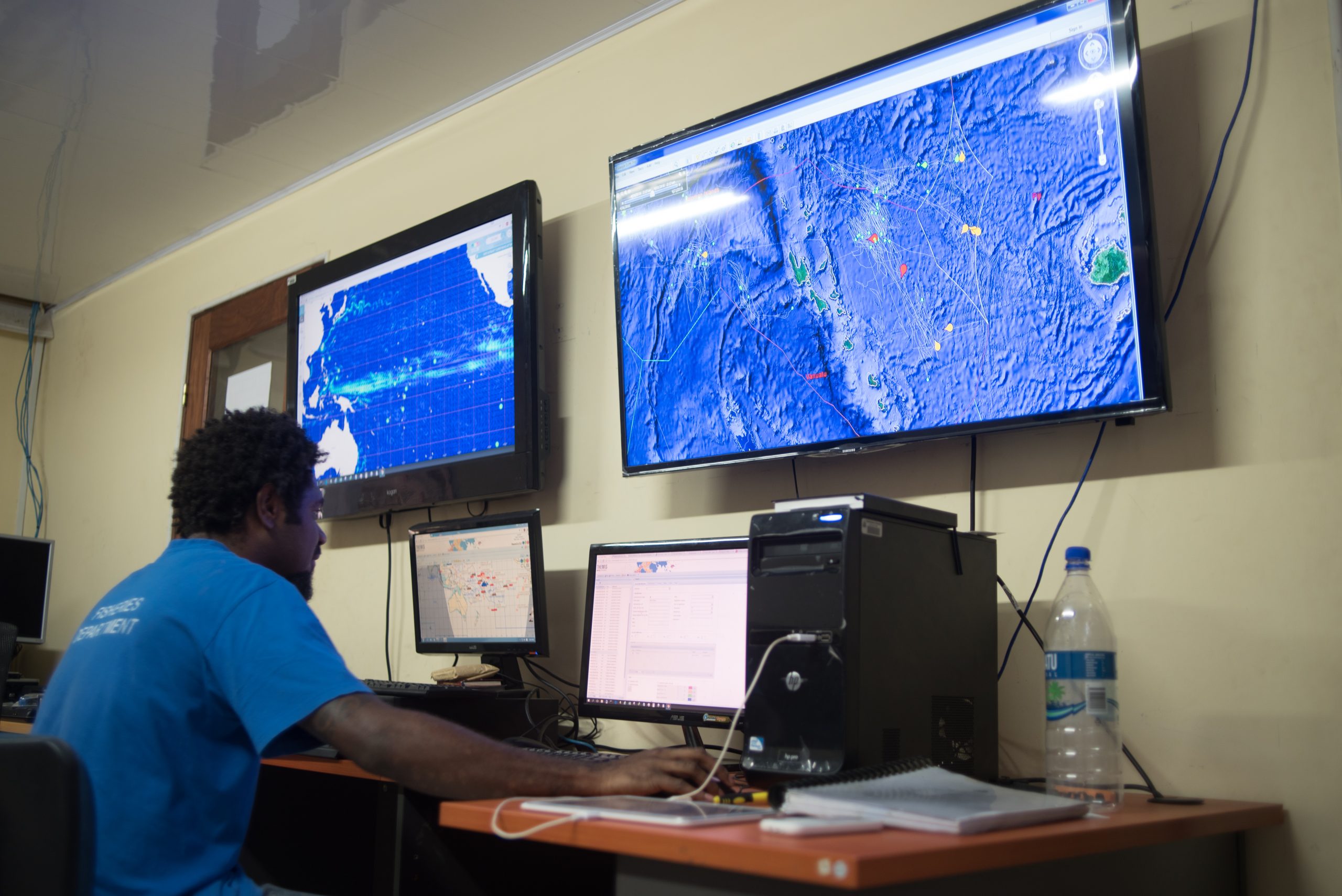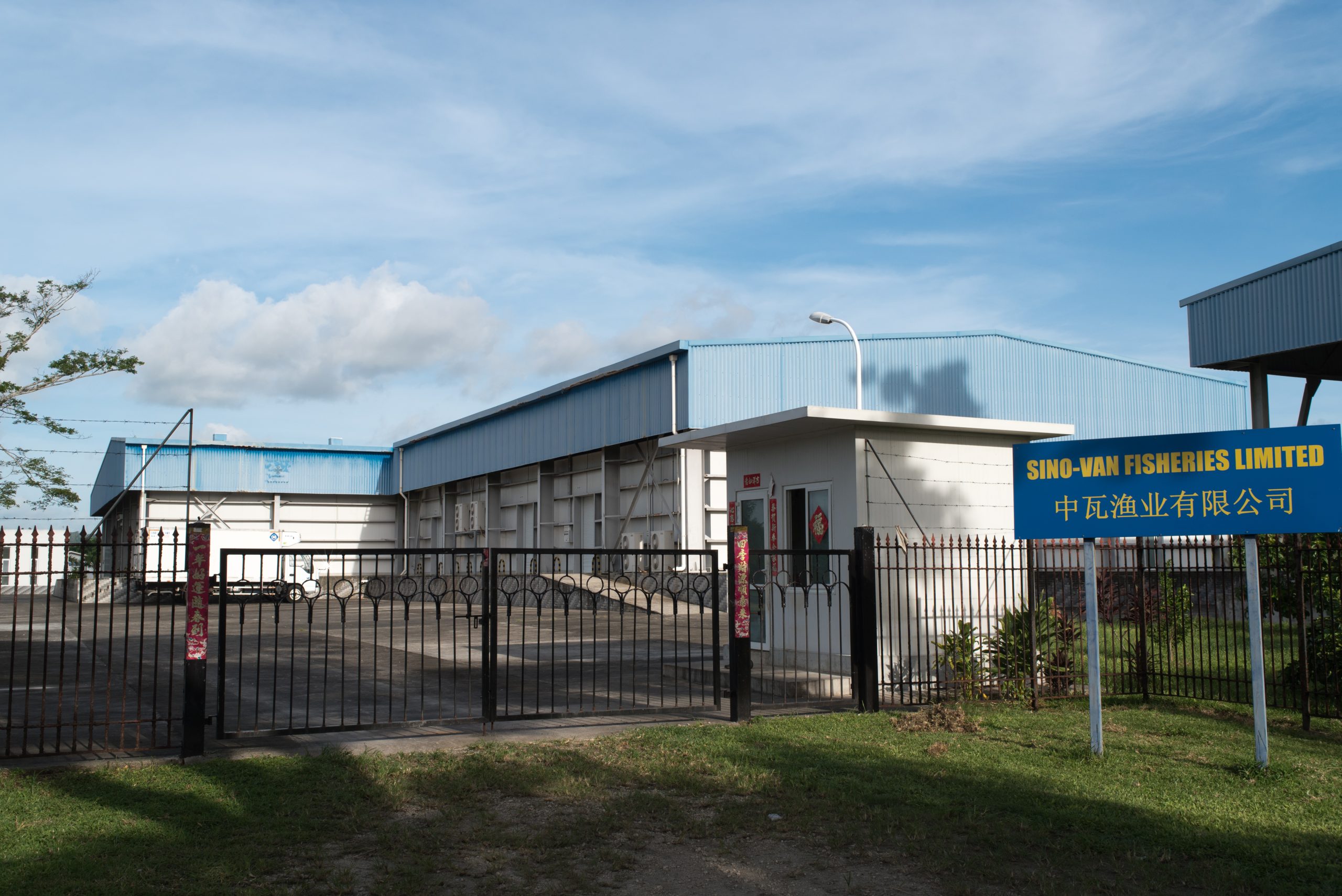Tucked away in the corner of an otherwise nondescript building in Paray bay in Port Vila is an office that quietly buzzes with activity. Fisheries Compliance Manager William Naviti and his team operate a 24/7/365 monitoring service that tracks all fishing vessel activity in Vanuatu’s waters, as well as keeping tabs on Vanuatu-flagged fishing boats wherever they are on the planet.
In 2014, approximately 50 long-liner vessels caught an estimated 6,636 tonnes of tuna and related by-catch, generating nearly 800 million vatu in value, including roughly 90 million vatu in government revenue.
Albacore represents the lion’s share of the catch, over 70% in all. Another 15% is Yellowfin tuna, with a further 2% or so belonging to Bigeye. The remainder is by-catch—game fish species whose feeding habits are similar to tuna.
All fishing vessels licensed to operate in Vanuatu’s Exclusive Economic Zone, or EEZ, are required to carry radio beacons which send a constant signal to a satellite-based system that tracks where they are as well as what they’re doing.
Sophisticated logic can differentiate between a ship cruising to its chosen fishing grounds, and one that is actively fishing. It can spot when two ships meet and if they attempt to transfer catch, crew or contraband.
The system, developed by the Forum Fisheries Agency, is an international tracking service. This is critical, because it means that dodgy operations can no longer go jurisdiction-hopping—jumping from one country to another one step ahead of enforcement agencies.
A 50-inch high definition display shows every vessel in or near Vanuatu’s waters, and a coloured flag indicates their status. Each vessel’s path over the last 24 hours is run in a loop, with current position constantly updated. The result image is of a cloud of tiny green markers repeatedly zipping north and south like dragonflies across a pond.
In their midst, a couple of yellow-flagged vessels are visible. These are ships that are noteworthy for any reason: they’ve recently approached other vessels, or their license status is unverified, or similar. Not a problem necessarily, but worth watching.
On top of all this float one or two icons glaring angry red. One such has an outstanding license infraction in Solomon Islands. Another is a false alarm; the FFA hasn’t received the ship’s license information yet due to delays on the Vanuatu side of things, so it thinks the ship is operating illegally.
The alert in this case is unneeded, but it’s a good example of how closely we are able to watch those who take fish from our waters. There have been a number of fines laid in the last year, mostly brought about by failures to report activity.
Fisheries staff declined to discuss specifics, but confirmed that there have also been successful prosecutions in recent years. Read more “A WATCHING BRIEF”


